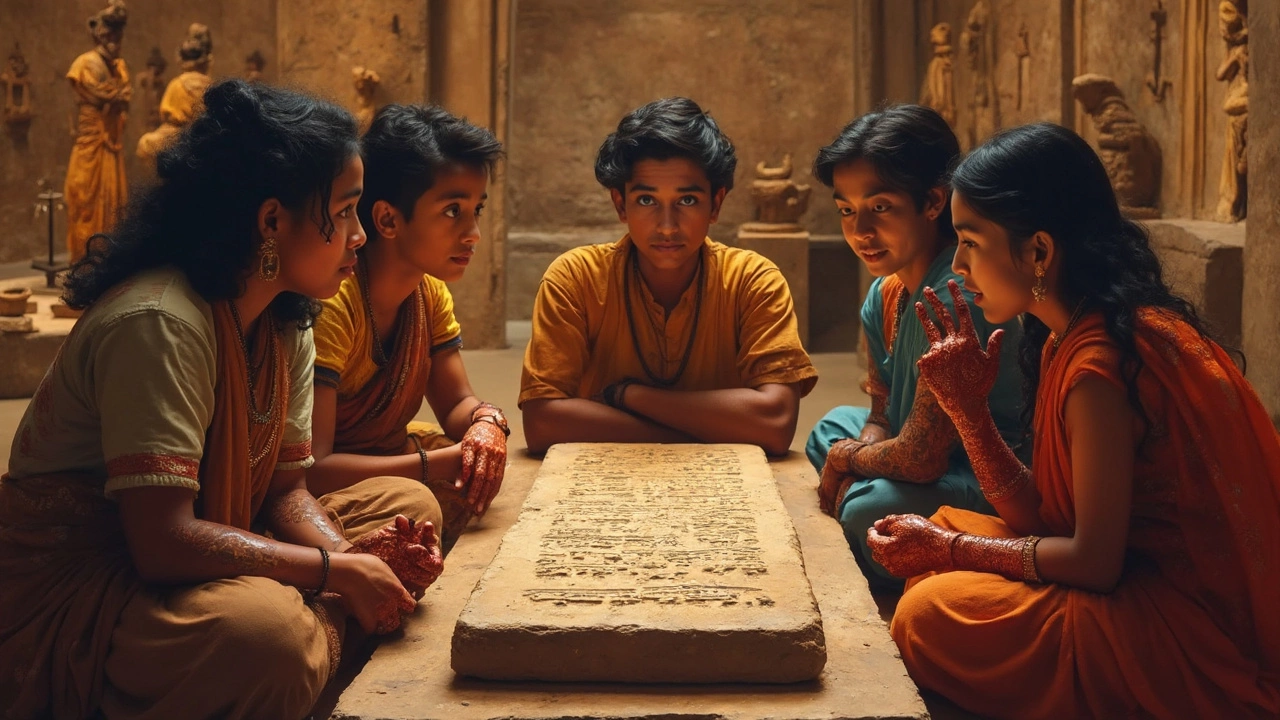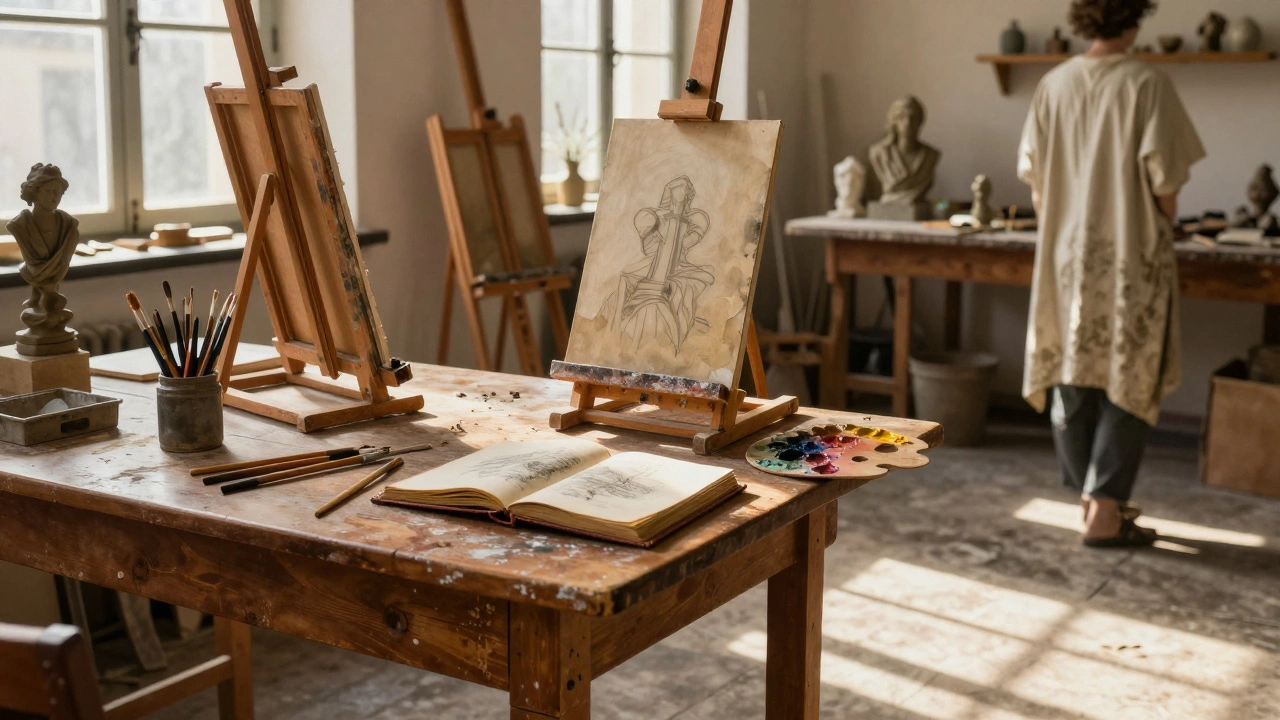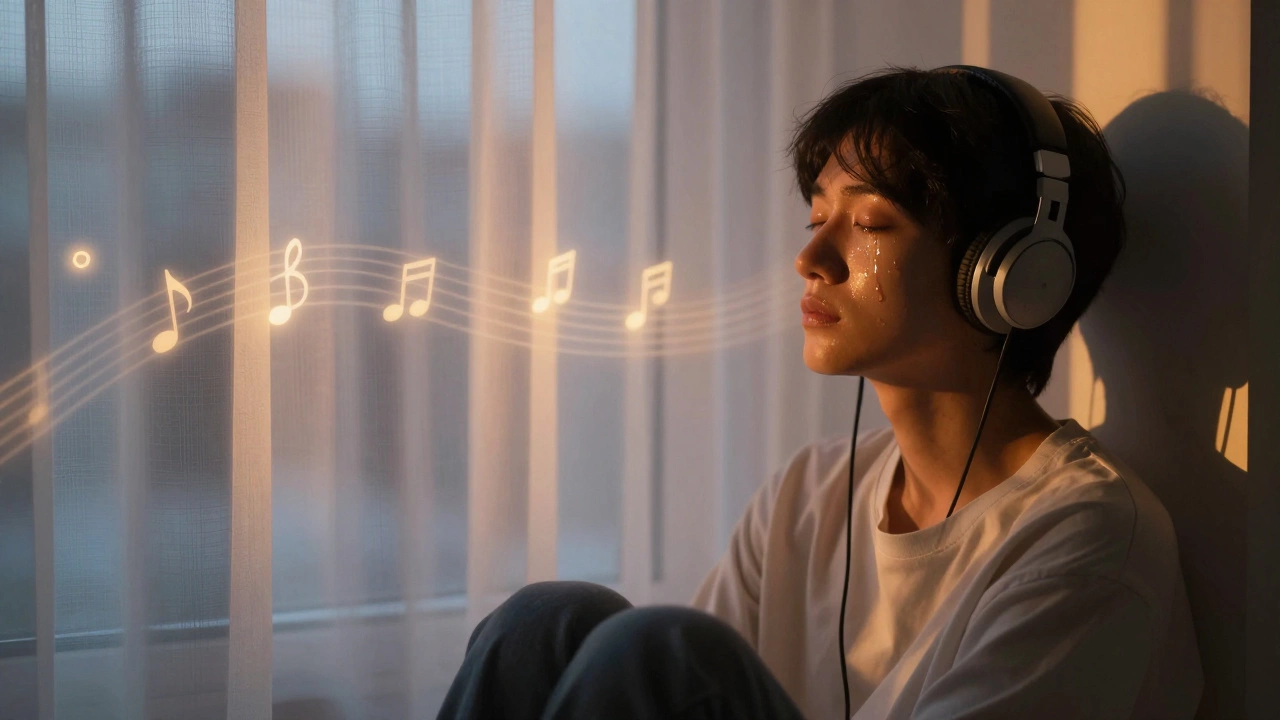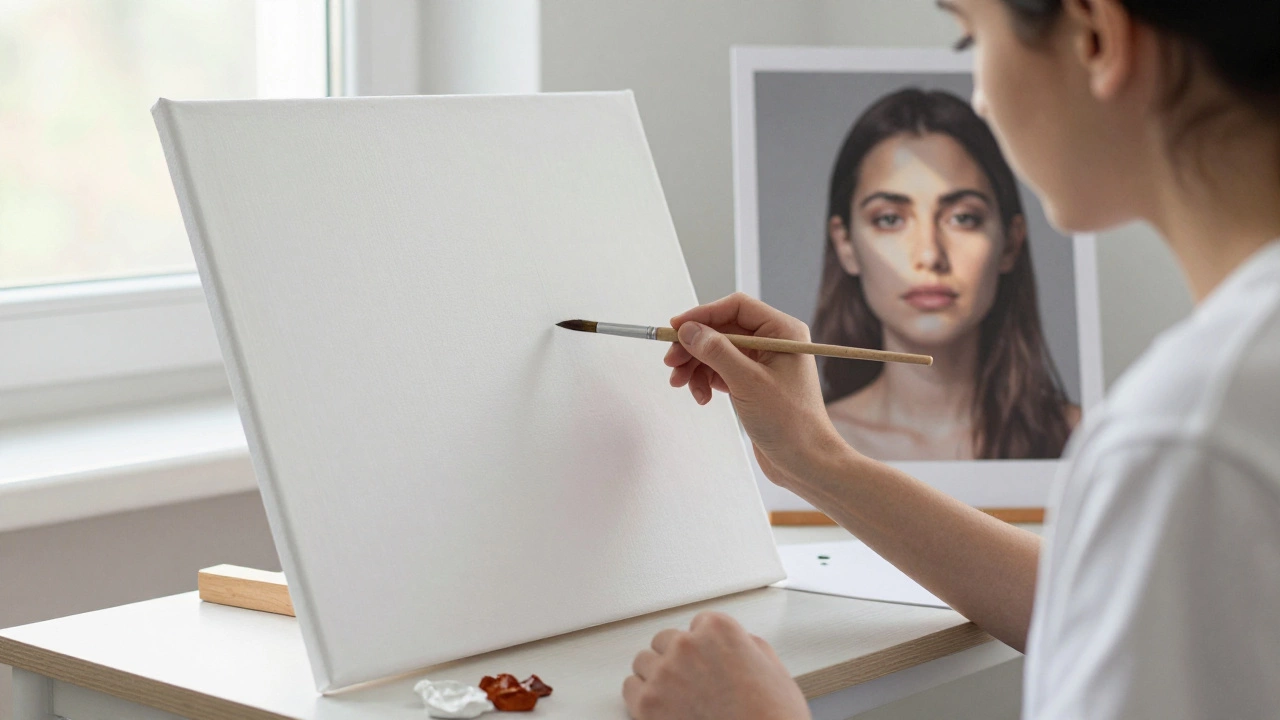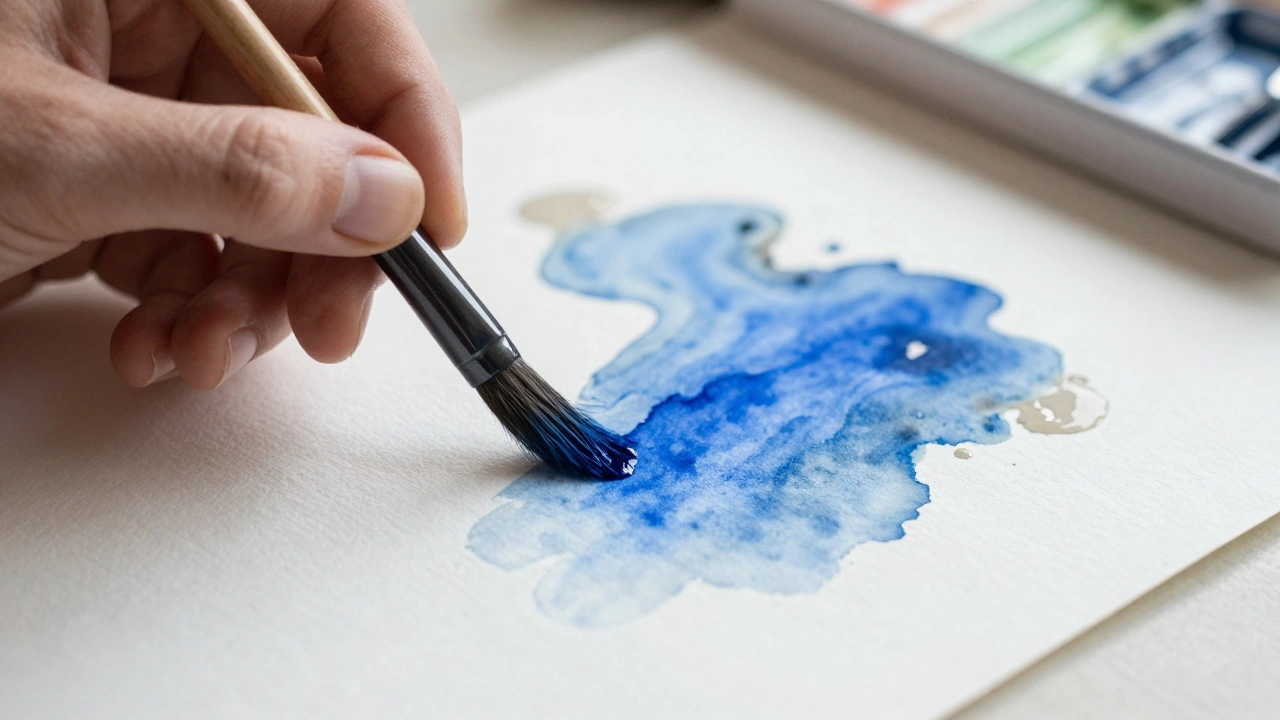Imagine pressing play on a song written over three thousand years ago. Not a remix, not a cover—an actual melody composed by people who lived long before the birth of modern cities or alphabet letters as we know them. Sounds wild, right? But that's exactly what archaeologists stumbled upon in the 1950s, hidden on a broken clay tablet in the dirt of ancient Syria.
The buzz is all about the Hurrian Hymn No. 6, which holds the title of the world’s oldest surviving song. It's not just a dusty artifact—this tune gives us a direct link to how ancient people thought about rhythm and melody. If you've ever wondered where music started, or if ancient humans jammed out like we do, this story is seriously eye-opening.
- Digging Up the Oldest Melody
- The Story of the Hurrian Hymn No. 6
- How Did They Write Down Music Back Then?
- What Does It Sound Like?
- Bringing Ancient Melodies Back to Life
Digging Up the Oldest Melody
So, how did anyone even find the oldest song? It wasn’t tucked away on vinyl or stashed on a USB stick. Instead, it came to light in the 1950s when some French archaeologists were doing work in Ugarit, an old port city in what’s now Syria. What they pulled out of the ground were a bunch of clay tablets covered in cuneiform. Most were just your typical trade records or religious texts, but a few had something totally unique—actual written music.
These tablets date back to about 1400 BCE, which is genuinely mind-blowing. That’s even older than many of the pyramids. When researchers took a close look, they spotted symbols and text that no one really expected: musical notations, along with lyrics written in an ancient Hurrian language. One particular song, called the Hurrian Hymn No. 6, was the most complete. While a bunch of other tablets were broken or missing pieces, this one had enough detail to actually try a recreation.
If you’re curious about why the Hurrian Hymn matters, think about what it teaches us: early humans weren’t just making tools or building cities—they were already writing down music. That kind of record changes the way we think about how old music is and where it fits into human life.
| Discovery Site | Location | Age (approximate) | Material |
|---|---|---|---|
| Ugarit | Modern-day Syria | 1400 BCE | Clay tablets |
So yeah, the world’s earliest-known melody didn’t just pop up out of nowhere. It sat buried for over three thousand years before experts had the skills and luck to find, read, and even play it. That’s some serious history packed in a song.
The Story of the Hurrian Hymn No. 6
The buzz around the oldest song pretty much centers on the Hurrian Hymn No. 6. So, what’s the real story behind it? Back in the 1950s, archaeologists were digging through the ancient city of Ugarit, near modern-day Ras Shamra in Syria. They uncovered a stash of clay tablets dating back to around 1400 BCE. We're talking over 3,400 years old. Among these tablets was this amazing piece: a hymn that turned out to be the world’s oldest surviving song.
The song itself was part of a bigger set of about 36 hymns written in the Hurrian language—most are just fragments, but No. 6 is the only one they found complete enough to actually reconstruct. That’s why it gets all this attention. The tablet includes words and detailed musical notes written in cuneiform, which was the old-school way of doing things in that part of the world. Some tablets even talk about tuning lyres, so you know they really cared about the sound.
| Fact | Detail |
|---|---|
| Location Found | Ugarit, Syria |
| Date Written | circa 1400 BCE |
| Language | Hurrian |
| Musical Notation | Cuneiform on clay tablets |
What’s even cooler: this wasn't just some random doodle. The song is a kind of prayer to Nikkal, a goddess connected to orchards and fruit. People back then probably played this tune for real, most likely on a type of lyre, hoping to get a little help with their crops. So it wasn’t just music for fun—it was daily life, survival, and even a bit of hoping for good luck in the harvest.
Folks have tried to bring the Hurrian Hymn back to life using everything from bones to digital synthesizers. Thanks to the amount of detail on the tablet, they’ve come close enough that you can actually listen to versions of it online. It’s like hearing an echo straight from the Bronze Age.

How Did They Write Down Music Back Then?
Forget about sheet music and staff lines—the way ancient people wrote down oldest song melodies was a whole different ballgame. The Hurrian Hymn No. 6, the oldest song we know about, was discovered on clay tablets dating back to around 1400 BCE in Ugarit (now northern Syria). Instead of notes and bars, the ancient scribes used cuneiform, which looks like little wedge-shaped marks pressed into clay.
So how does a clay tablet actually record a song? Basically, they wrote song lyrics out, then squeezed in musical instructions above the words. Instead of familiar notes, they used symbols and numbers. These numbers represented specific strings on a type of ancient harp, called a lyre. The symbols also included instructions for tuning, which was probably just as much guesswork back then as tuning a guitar by ear today.
- The Hurrian tablet included lyrics written in the Hurrian language.
- Musical directions were marked with numbers referring to the strings of the lyre.
- Some symbols told the player how to tune their instrument, which is rare for surviving texts that old.
To get a clearer sense of how rare this is, check this out:
| Fact | Detail |
|---|---|
| Oldest Musical Notation | Hurrian Hymn No. 6 (about 3,400 years old) |
| Notational System | Cuneiform with number-based string guides |
| Main Instrument Mentioned | Lyre |
This system isn't like the music notation we use today. Musicians and researchers have to guess at certain parts, trying to fill in the gaps left by broken tablets and vanished traditions. If you want to get hands-on, some music historians have actually released modern versions of the hymn, using lyres they've built to match ancient descriptions. It takes a lot of detective work, but it’s amazing that a system from so long ago still lets us hear these ancient music ideas.
What Does It Sound Like?
Ever wondered what the oldest song in the world actually sounds like? The reality might surprise you. This isn’t some long, flowing tune—a few lines, not much longer than your average jingle. The Hurrian Hymn No. 6, found on that ancient clay tablet, was written in a music notation system that’s nothing like what you’d see on a sheet of today’s music. The whole melody fits in just a single line of cuneiform text, with lyrics dedicated to the goddess Nikkal.
So, how did experts figure out the tune? It took years of digging through the symbols and matching them to what we know about ancient instruments. Most reconstructions use a lyre, a kind of harp, which is pretty much what people back then would’ve played. The notes give us a recognizable but slightly strange melody—think of something haunting and repetitive, but very catchy once you get used to it.
Here’s what we know about the song’s structure:
- The scale: It’s based on a diatonic scale (kind of similar to do-re-mi in modern music).
- The instrument: The instructions suggest it should be played on a 9-string lyre.
- Lyrics: They're in the Hurrian language, and only parts have been translated.
Want a comparison? The oldest well-known songs most people know are less than 1,000 years old. The Hurrian Hymn is more than three times that age!
Modern musicians have tried their hand at playing the song, and you can find several versions online. They all sound a little different because no one knows for sure how the rhythm was meant to go. Some versions are slow and eerie; others are more upbeat. Still, all of them have that same basic melody from the clay tablet.
| Feature | Hurrian Hymn No. 6 |
|---|---|
| Estimated Age | 3,400 years |
| Origin | Ancient Ugarit (modern Syria) |
| Main Instrument | Lyre |
| Language | Hurrian |
So, if you want to actually hear what people were playing and singing thousands of years ago, look up recordings by music historians or experimental musicians. It’s a weird but cool feeling to listen to something so ancient—it kind of rewires your whole sense of what "old" music means.
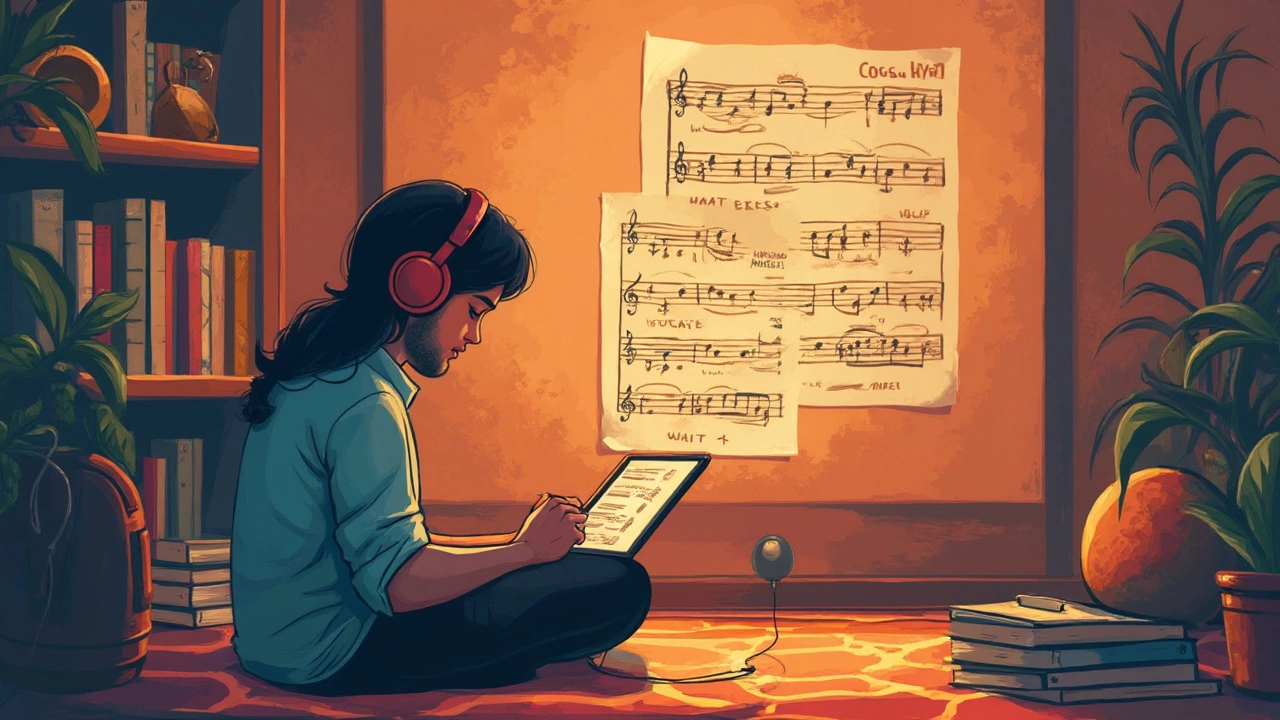
Bringing Ancient Melodies Back to Life
So, how do we actually listen to the oldest song? It’s not like archaeologists dug up a dusty vinyl record. What they found was a clay tablet with cuneiform writing—basically ancient musical notes—along with some lyrics in the Hurrian language. Deciphering it was kind of like solving a tough puzzle with missing pieces. But thanks to years of work from experts in Assyriology and musicology, we can now hear pretty solid versions of the Hurrian Hymn.
Here’s how the process usually goes:
- Step 1: Experts translate the text from ancient cuneiform into notes by matching the symbols with known values for lyre strings.
- Step 2: They use information about ancient instruments, like the nine-string lyre, to map out the possible melodies.
- Step 3: Musicians try out different versions, sometimes adding modern guesses for rhythm and tempo since the tablets don’t provide every detail.
Because so much of the original music was just basic instructions, every modern version involves a bit of interpretation. There are actual recordings out there—just search for "Hurrian Hymn No. 6" online and you’ll find musicians from around the world playing their takes, some using replica ancient lyres. Even with their differences, these renditions have a haunting, memorable sound.
If you want to try recreating an ancient melody on your own, you don’t need a museum-quality lyre. People get creative with guitars or even apps that let you set up a similar scale. The key is to stick with the original notes when possible and experiment from there. If you’re curious, here’s a basic table breaking down what you’ll usually find on the original tablet:
| Tablet Detail | Modern Equivalent |
|---|---|
| Lyre tuning instructions | Notes/scales to use |
| Words/lyrics in Hurrian | Possible vocal melody |
| Numbered strings | Musical notation |
No need to worry if it sounds different from the songs you hear today. That’s the point—playing the earliest songs offers a rare chance to step into the mindset of ancient people, getting closer to music’s real roots. If you’re into history, music, or just trying new things, it’s worth listening to or playing the oldest song ever recorded. Who knows, you might find a favorite tune that’s literally thousands of years old!
